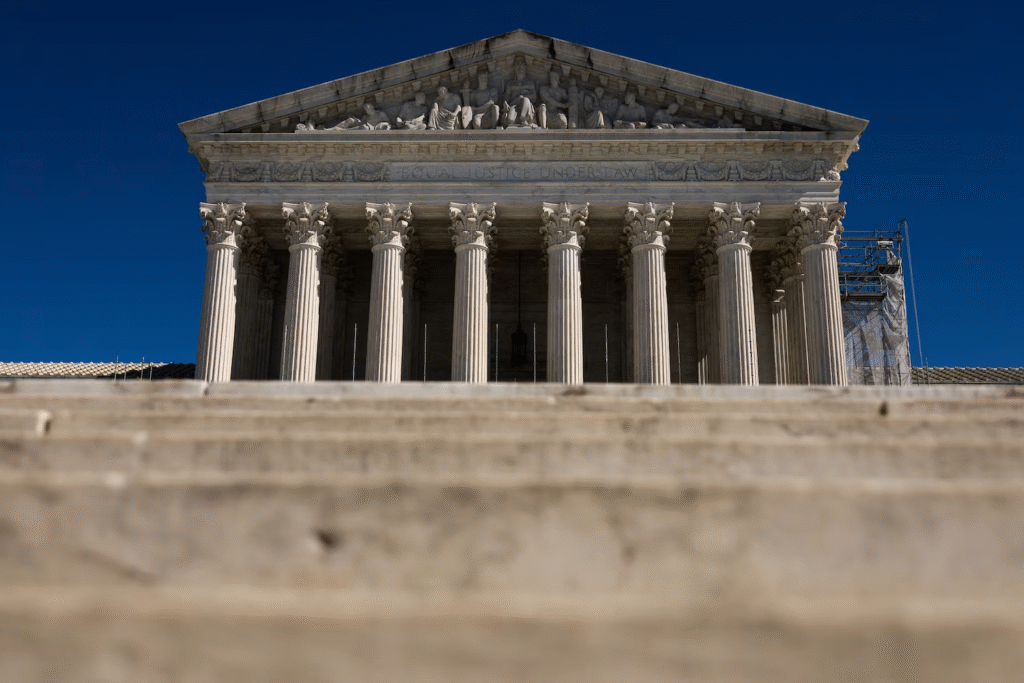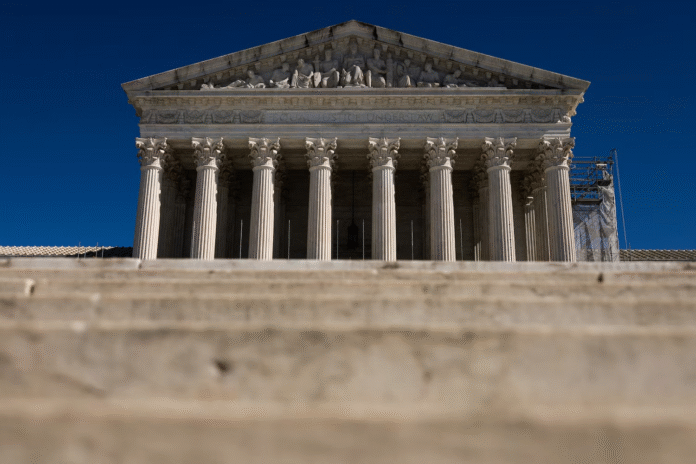
The U.S. Supreme Court appears ready to usher in a profound shift in American public education. In a case that could redefine the boundary between church and state, the Court’s conservative majority on Wednesday signaled support for allowing the nation’s first religious charter school to receive public funding.
At the center of this legal battle is St. Isidore of Seville Catholic Virtual School, a proposed institution in Oklahoma. If approved, it would become the first religious charter school in the United States funded directly by taxpayer dollars. The implications stretch far beyond state lines—potentially influencing public school policy in 45 states that operate charter schools and serve over 3.8 million students.
The Constitutional Crossroads
The controversy began when the Oklahoma Supreme Court struck down a contract between the state and the Catholic Church to establish St. Isidore, citing constitutional bans on government-sponsored religious education. Oklahoma’s Republican attorney general argued that charter schools function as public institutions and, thus, must uphold the principle of church-state separation. But lawyers for St. Isidore maintain that the school is privately initiated and should not be excluded from public funding simply because of its religious character.
The U.S. Supreme Court’s conservative bloc appeared sympathetic to this argument, framing the issue as a matter of religious freedom and equal access to public benefit programs.
Justice Clarence Thomas highlighted what he sees as a critical distinction: “The argument is that St. Isidore is a private entity participating in a state program—it wasn’t created by the state.” This subtle reframing recasts religious charter schools not as extensions of the government but as contractors delivering a public service.
Justice Brett Kavanaugh took the point further, warning that excluding religious organizations from state partnerships could set a dangerous precedent. “If religiously affiliated foster care agencies or food banks receive government support, does that make them agents of the state who must abandon their faith-based missions?” he asked.
The Court’s liberal justices, however, were unified in their skepticism.
Justice Sonia Sotomayor underscored what she sees as a clear violation of the Constitution’s Establishment Clause. “The essence of the Establishment Clause was that we’re not going to pay religious leaders to teach religion,” she said, drawing a direct line from the nation’s founding principles to the case at hand.
Justice Elena Kagan echoed that sentiment, reminding the court that Oklahoma law expressly prohibits charter schools from having religious affiliations. “These are state-run institutions,” she insisted. “The state funds them, oversees them, and enforces regulations. They are, in every sense, public.”
The Broader Impact
This case arrives amid a growing trend in which the Court has expanded protections for religious organizations in public life. Recent decisions have required states to include religious schools in scholarship programs and prohibited cities from excluding faith-based foster agencies.
Supporters of St. Isidore see this case as the next logical step in that legal progression. They argue that excluding religious charter schools solely based on faith constitutes a form of discrimination. “Religious institutions should not be treated as second-class citizens,” said Carrie Severino, president of the conservative legal group JCN.
For families in Oklahoma and potentially across the country, the ruling could open a new chapter in school choice, providing more educational options that align with religious values. “No student is required to attend a charter school,” Kavanaugh pointed out, framing the decision as one of expanded opportunity rather than imposed belief.
Chief Justice John Roberts, often the Court’s pivotal vote, voiced concerns about the tight entanglement between religious education and public funding. At one point, he drew a comparison to a 2021 case involving Catholic Charities and the City of Philadelphia, where the Court ruled that religious organizations could not be excluded from public programs like foster care based solely on their faith.
“How is this any different?” Roberts asked, challenging Oklahoma’s lawyer to explain why a religious entity should be barred from participating in a public education program.
Yet, concerns over government endorsement of religious doctrine remain front and center for opponents of the initiative. Rev. Dr. Shannon Fleck, head of the Christian advocacy group Faithful America, warned of the constitutional consequences. “If today’s arguments are any indication, the Court may be on the verge of abandoning one of the bedrock principles of our democracy,” she said.
A Decision That Could Redefine the Line Between Church and State
Justice Amy Coney Barrett recused herself from the case without public explanation—raising the possibility of a 4-4 split among the remaining justices. Should that happen, the Oklahoma Supreme Court’s original decision blocking St. Isidore would remain in effect. However, if Roberts aligns with the conservatives, a landmark ruling could be issued by summer.
As Americans await the Court’s decision, one thing is certain: the outcome will resonate far beyond a single school in Oklahoma. At stake is the very definition of what a public school can be—and how far religious institutions can go in partnering with the government to deliver public education.
Whether this marks a new era of pluralism in school choice or a departure from long-held constitutional boundaries will depend on how the justices interpret the First Amendment’s delicate balance between free exercise and government neutrality.
Either way, the Court’s ruling promises to set a powerful precedent—one that could redefine the relationship between religion, education, and the American taxpayer.


